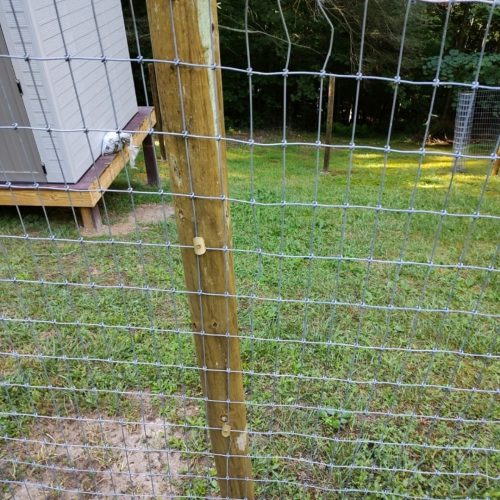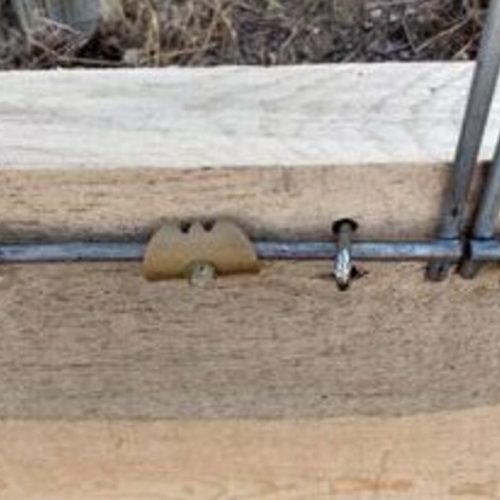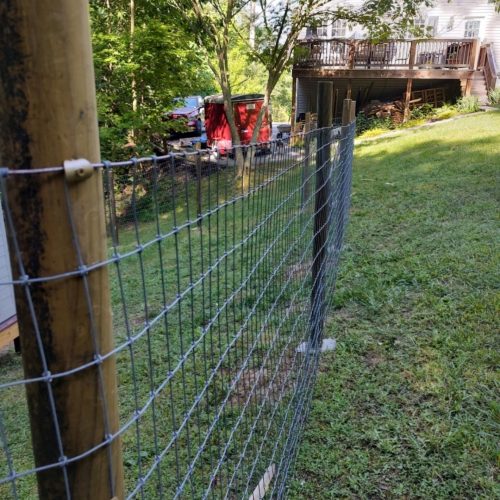
Welcome to our comprehensive beginner’s guide on steel cement nails, electroplating and wall hardware nails. Whether you’re a DIY enthusiast or a beginner in construction, this guide will provide you with valuable insights into these essential tools. From understanding their composition and benefits to mastering the proper techniques, you’ll gain the knowledge necessary to achieve successful wall installations. So, let’s dive in and explore the world of steel cement nail electroplating wall hardware nails!
Steel Cement Nails – The Basics
When it comes to secure wall installations, steel cement nails are the go-to option for both professionals and DIYers. These nails are specially designed to provide exceptional strength and durability, making them ideal for a wide range of construction projects. Made from high-quality steel, they can penetrate even the toughest materials with ease. Whether you’re working with cement, bricks, or other masonry surfaces, steel cement nails will ensure a sturdy and long-lasting hold.
Steel cement nails come in various sizes, typically ranging from 1 to 6 inches in length. The size you choose depends on the thickness of the wall material and the load-bearing requirements of your project. It’s important to select nails that are long enough to securely penetrate the wall material without protruding excessively.
Electroplated Hardware Nails – Unparalleled Performance
One of the standout features of steel cement nails is their electroplated coating. Through the electroplating process, a layer of protective material is applied to the surface of the nails, offering enhanced durability and corrosion resistance. This coating acts as a barrier, preventing the nails from rusting or corroding over time. As a result, your wall installations will remain strong and intact, even in challenging environments where moisture or harsh weather conditions are present.
The electroplated coating is typically made of zinc or another corrosion-resistant material. This additional layer not only provides protection but also enhances the overall strength of the nails. Electroplated hardware nails are known for their ability to withstand heavy loads and resist bending or breaking during installation.
Choosing the Right Wall Hardware Nails
Selecting the right wall hardware nails is crucial to ensure a successful installation. Several factors come into play when making your choice. First, consider the size of the nails. They should be long enough to securely penetrate the wall material without protruding excessively. Additionally, look for nails specifically designed for cement or masonry applications, as they are engineered to withstand the unique challenges these materials present. Finally, opt for nails with an electroplated coating to ensure maximum durability and longevity.
When choosing between different types of steel cement nails, consider the project’s specific requirements. For example, if you’re working on a fencing project, you may need specialized fencing nails designed to provide additional strength and stability. On the other hand, if you’re installing cement boards, look for nails specifically designed for this purpose to ensure proper fastening and a secure hold.
Effective Usage Techniques
To achieve optimal results when using steel cement nails, it’s essential to master the art of wall fastening. Start by preparing the surface properly, ensuring it is clean and free from debris. Use a hammer to drive the nails into the wall, applying sufficient force to penetrate the material without causing damage. Take care to position the nails at the desired angle and depth, ensuring a secure and flush fit. Repeat the process for each nail, spacing them evenly to distribute the load and maintain structural integrity.
It’s important to note that driving the nails too forcefully can cause the wall material to crack or splinter. Conversely, not applying enough force may result in loose or weak fastenings. Achieving the right balance comes with practice, so take your time and adjust your technique as needed. Remember, precision and attention to detail are key to successful wall installations.
Safety Considerations
Working with steel cement nails and wall hardware requires proper safety precautions to prevent accidents and ensure a smooth installation process. Always wear protective gear, including safety goggles and gloves, to shield yourself from flying debris and potential injuries. Use a sturdy ladder or scaffolding when working at heights to maintain stability and minimize the risk of falls.
Additionally, take measures to protect the surrounding area. Cover floors and furniture with drop cloths or plastic sheets to prevent damage from falling debris or accidental nail strikes. By prioritizing safety, you can complete your wall installation projects with confidence and peace of mind.
Troubleshooting and Tips
While working with steel cement nails is generally straightforward, you may encounter some challenges along the way. Here are a few troubleshooting tips to help you overcome common issues:
If you encounter resistance when driving the nail, check for obstructions such as hidden studs or reinforcement bars. Adjust the placement of the nail accordingly.
For hard or dense wall materials, consider pre-drilling pilot holes to facilitate easier and more precise nail insertion.
If a nail bends or fails to penetrate the wall material, remove it and replace it with a new one. Avoid using damaged or deformed nails, as they may compromise the structural integrity of your installation.
When working with cement boards, ensure the nails are placed at the recommended spacing to prevent cracking or splitting.
Remember, practice makes perfect. As you gain experience, you’ll become more comfortable and efficient in using steel cement nails for your wall installations.
By now, you should have a solid understanding of steel cement nail electroplating wall hardware nails and their importance in construction projects. From their exceptional strength and durability to their corrosion resistance, these nails are essential for achieving secure and long-lasting wall installations. By following the tips and techniques outlined in this guide, you can confidently embark on your next DIY or construction project, knowing that you have the knowledge and tools to succeed.
Don’t hesitate to ask! Contact Cat’s Claw Fasteners, and our Head Cat Collector, Chava, will gladly assist. Email your inquiries to chava@catsclawfasteners.com. Keep yourself informed with the latest updates on our blog and follow us on Facebook, Instagram, Pinterest, and Youtube!
About the writer: Jake
Jake Walker is Cat’s Claw Fasteners go-to guy for anything related to fencing, gates, installation, and materials! Thanks to his background as a professional fencing installer as well as content writer, combined with a bit of his British twang and ideas from across the pond, he keeps the audience captive. Don’t worry if you don’t understand his British slang or sense of humour; we don’t always understand him, and he doesn’t always fully understand us.
Get in touch of Jake via email at ralph@catsclawfasteners.com , be sure to use ATTN:Jake if you have any questions about all thing social, writing, fencing, or just want to make fun of his British accent.
Read Next: What Are the Different Types of Screws and Their Uses?

.png)









